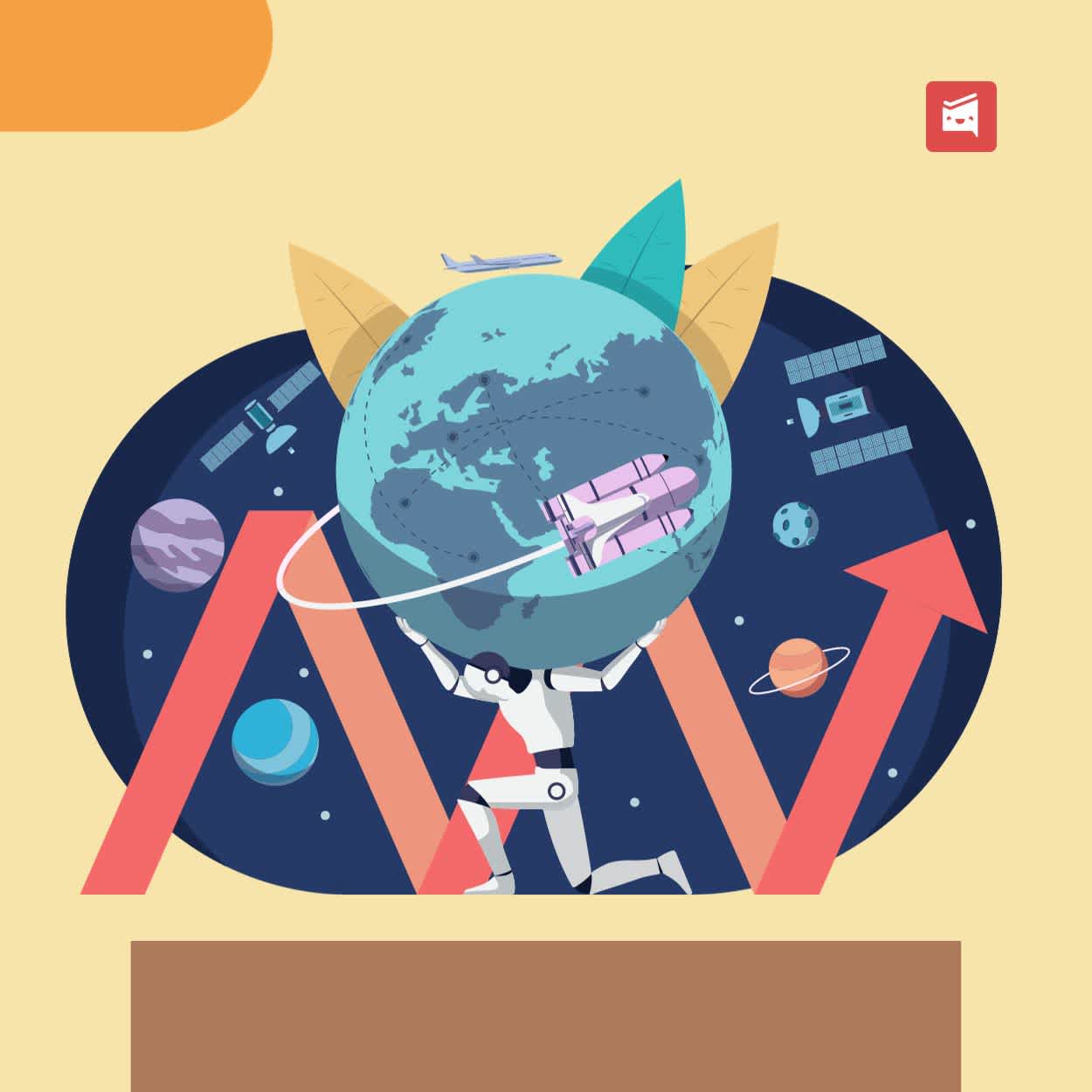New Realms of Reality: AI-Generated Virtual Worlds and Their Implications
ByJulian Gette
Workast publisher

Workast publisher
In today's digital age, virtual worlds are not just limited to the confines of video games or science fiction. Through AI generation, there's a transformative shift occurring, crafting virtual spaces that are increasingly detailed, interactive, and almost indistinguishable from reality. What does this mean for one’s future, and how might these AI-crafted universes impact understanding of existence and identity?
The virtual worlds of the past were often simple and driven by basic algorithms. Today, with the power of AI, these environments have transformed dramatically. AI generation can craft landscapes, cities, weather patterns and even simulate crowds with individual behaviors. You may even discover lip sync AI here and see how characters can express emotions and interact in a more lifelike and natural manner, enhancing the overall experience of immersion. The result? Virtual spaces that feel real, with dynamic events and an ever-evolving setting that adapts and changes, much like the real world. It's a testament to how AI reshapes the digital reality perception.
One of the exciting facets of AI-generated worlds is the level of personalization. Imagine entering a virtual city where the ambiance, events, and interactions are tailored to your preferences or mood. AI can learn from user behaviors and adapt the virtual space accordingly. This offers opportunities for personalized learning, entertainment, and even therapy, making each experience unique to the individual. It's a paradigm shift in how one engages with digital environments.
In AI-generated virtual worlds, social interaction takes on a new dimension. People can meet, interact, and even form relationships in these spaces. Moreover, AI can create virtual inhabitants with their behaviors, beliefs, and emotions. Interacting with these AI-driven characters can offer insights into human behavior and cultural dynamics and even challenge one’s definitions of consciousness. It's a bold exploration of the boundaries of human connection in the digital realm.
As with any technological leap, AI-generated worlds bring forth ethical questions. What rights do virtual inhabitants have, especially if they display signs of consciousness? How did one manage and govern these vast digital universes? There's also the philosophical aspect: As these worlds become more lifelike, the line between reality and virtuality might blur, challenging one’s understanding of existence, self, and the nature of reality. It's a profound journey into the realms of ethics and metaphysics.
Adobe Firefly states, “Generative AI is a type of artificial intelligence that can translate ordinary words and other inputs into extraordinary results. While the conversation around this technology has centered on AI image and art generation, generative AI can do much more than generate static images from text prompts.”
Artificial Intelligence (AI) is ushering in a new era in the world of Software as a Service (SaaS) products, with profound implications for productivity. AI-driven features within SaaS tools are becoming increasingly prevalent, offering smart automation, data analytics, and predictive insights. For instance, in project management SaaS, AI can assist in resource allocation, task prioritization, and real-time progress tracking. These capabilities save valuable time and improve efficiency by reducing the manual workload. As we explore new virtual realities generated by AI, it's important to recognize how this technology enhances productivity in the SaaS landscape, enabling teams to achieve more with less effort.
AI is increasingly being integrated into various Software as a Service (SaaS) applications to enhance their capabilities. Here are some SaaS apps where AI is being used:
Salesforce: Salesforce uses AI for predictive analytics, chatbots, and personalized customer insights to improve sales and customer relationship management.
Zendesk: Zendesk's AI-powered chatbots and automations enhance customer support and ticket management.
HubSpot: HubSpot employs AI for marketing automation, lead scoring, and customer relationship management.
Slack: Slack integrates AI bots such as Workast for task automation, data analysis, and improved team collaboration.
Trello: Trello uses AI to suggest task priorities, due dates, and organization of tasks and projects.
Shopify: Shopify uses AI for personalized product recommendations, inventory management, and fraud prevention.
Adobe Creative Cloud: Adobe's suite incorporates AI for image and video editing, design suggestions, and content creation.
Picsart: Allows users to implement AI for easy photo edits, unique image creation, and photo effects.
Mailchimp: Mailchimp employs AI for email marketing personalization and audience segmentation.
QuickBooks: QuickBooks Online uses AI for automated bookkeeping, expense categorization, and invoice management.
Microsoft 365: Microsoft integrates AI into its suite for productivity enhancements, email management, and chatbots like Microsoft Teams. Businesses can benefit from the expertise of Greenville IT support to optimize and manage Microsoft 365 services, ensuring seamless integration and functionality. Additionally, Microsoft Dynamics 365 services can further streamline business operations by combining CRM and ERP capabilities, allowing businesses to deliver personalized experiences and improve operational efficiency.
Zendesk: Zendesk's AI-powered chatbots and automations enhance customer support and ticket management.
These are just a few examples of how AI is making its way into SaaS applications, streamlining processes, improving user experiences, and increasing productivity across different domains.
Beyond leisure and exploration, these AI-generated realms present vast economic opportunities. Virtual real estate, digital tourism, or even virtual business establishments can become lucrative. With the potential for millions, if not billions, of users, these worlds might just become the next big frontier for trade, commerce, and innovation. It's a glimpse into a future where digital economies thrive parallel to the physical world.
As one stands on the cusp of this new era of AI-generated virtual world, navigating with curiosity, responsibility, and a sense of wonder is essential. Embracing the possibilities while being mindful of the implications will ensure that these digital realms enhance the human experience rather than diminish it. It's a journey that promises to expand one’s horizons and redefine the concept of reality, ultimately inviting us to explore the boundless landscapes of imagination and innovation.
